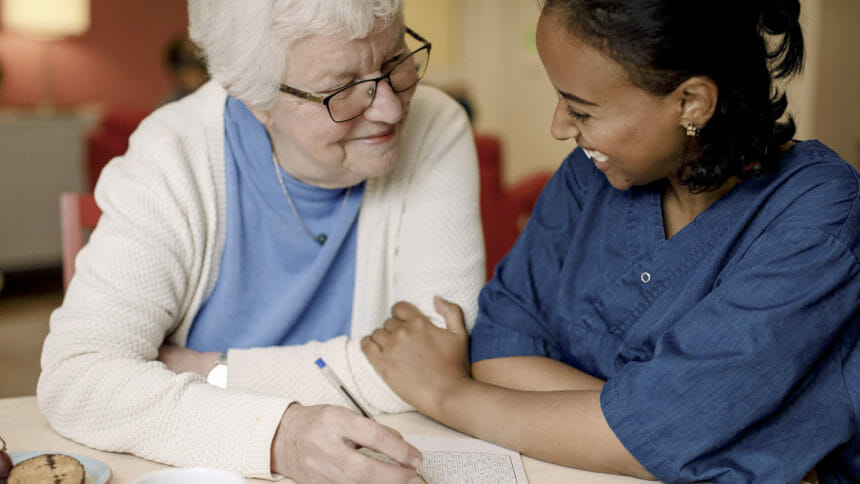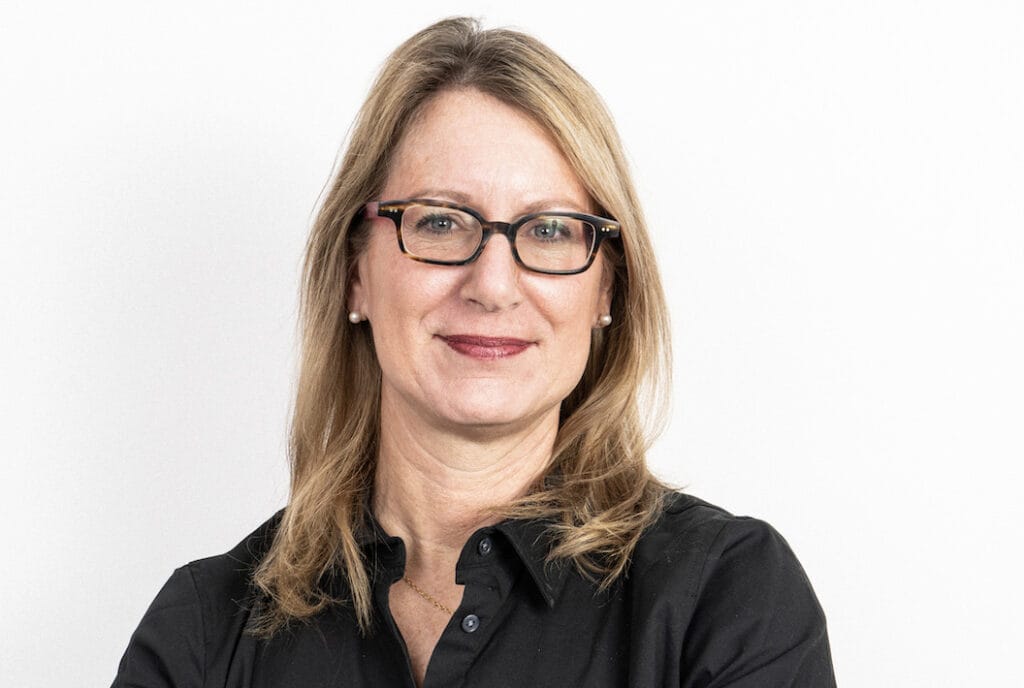
Bayada Home Health Care recently opened the first in what could be several center-based behavioral support and treatment programs for adults and children with autism and other intellectual disabilities.
The Bayada Pennsauken Center for Applied Behavioral Analysis (ABA) recently launched in Pennsauken Township, New Jersey near Philadelphia. The center provides behavioral services to those who might already be getting school-based or in-home treatment.
“There are times in which a child may do better outside of the stimulus of the home,” Bayada Regional Director Jessica Shea-Brown told McKnight’s Home Care Daily Pulse. “We may be working on social skills and so we might want them to be with other children in their age range.”
Most of the focus on the Pennsauken Center will be helping clients improve functional skills so they can live independently as adults in their communities.
Bayada has been around for nearly 50 years offering a variety of in-home services, including home care and hospice in 23 states and eight countries. But ABA services are a small niche the Moorestown, NJ-based company only recently began offering in Hawaii, New Jersey and Pennsylvania. It entered the space in 2014 with the acquisition of Trumpet Behavioral Health’s Hawaii operations. The following year Hawaii passed Luke’s Law, which requires health insurers to cover up to $25,000 annually for medically necessary autism treatment in children under the age of 14.
Nationally, about 1 in 44 children have been identified with autism spectrum disorder, according to the Centers for Disease Control and Prevention. Those statistics, coupled with other states passing regulations similar to Luke’s Law, could pave the way for Bayada to offer ABA services in more states and open more centers if it determines there is a need.
“We do a comprehensive market analysis,” Shea-Brown explained. “Multiple teams at Bayada will come together to do that analysis. We want to serve our communities that are the most vulnerable. We are looking at rates of diagnoses, other services that are in the area, do people have access to care or do they not.”



